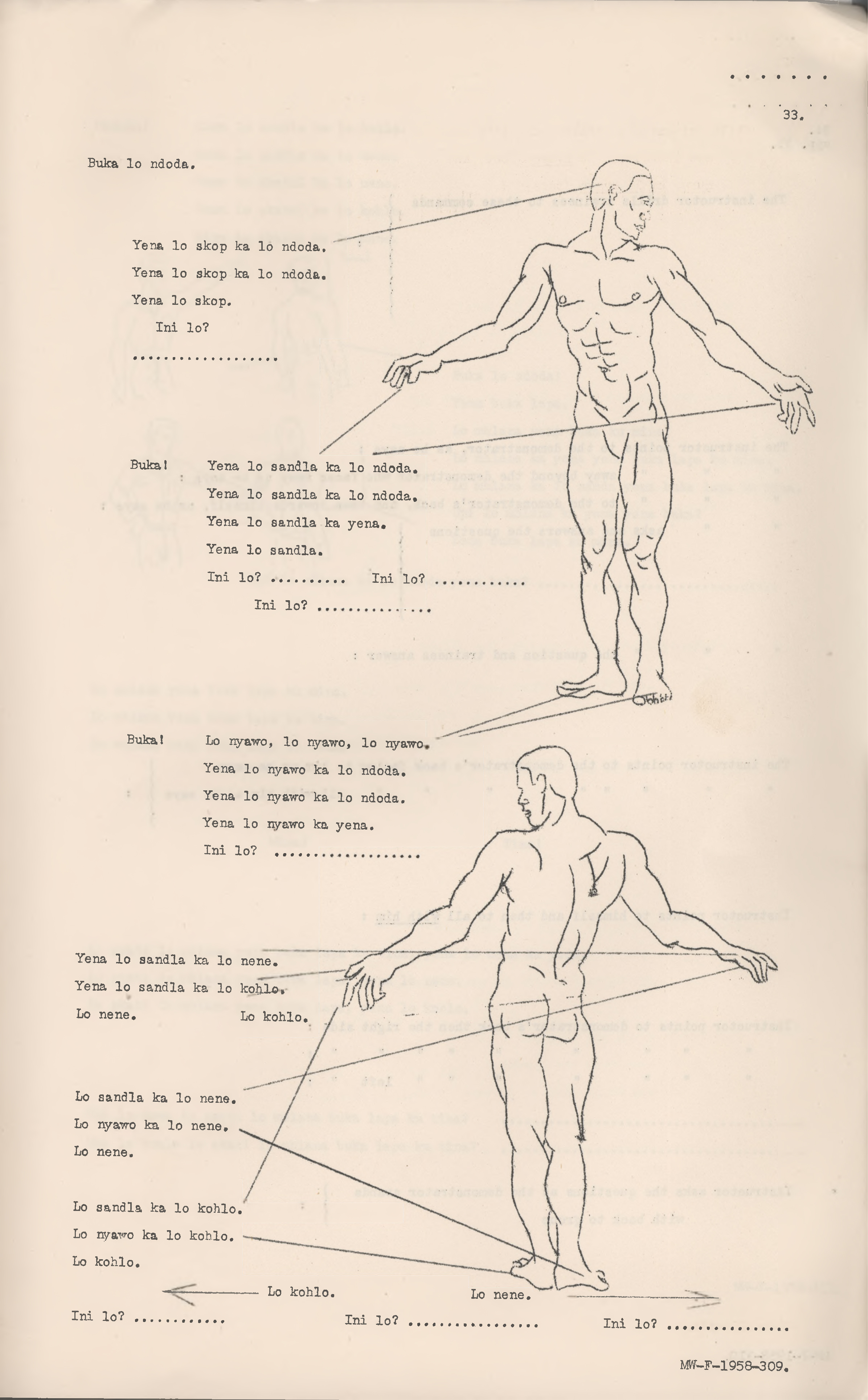Trica Danielle Keaton, T. Denean Sharpley-Whiting, and Tyler Stovall, Black France/France Noire: The History and Politics of Blackness (Durham: Duke University Press, 2012); Gary Wilder, Freedom Time: Negritude, Decolonization, and the Future of the World (Durham: Duke University Press, 2015); Muriam Haleh Davis, “The Sahara as the ‘Cornerstone’ of Eurafrica: European Integration and Technical Sovereignty Seen from the Desert,” Journal of European Integration History 23, no. 1 (2017): 97–112.
Rajend Mesthrie, “Fanakalo as a Mining Language in South Africa: A New Overview,” International Journal of the Sociology of Language 258 (2019): 13–33.
Desmond T. Cole, “Fanagalo and the Bantu Languages in South Africa,” African Studies 12, no. 1 (1953): 1–9; Samuel D. Ngcongwane, “Fanakalo and the Zulu Language,” in The Languages We Speak, ed. Samuel D. Ngcongwane (KwaDlangezwa: University of Zululand, 1985); David Brown, “The basements of Babylon: Language and literacy on the South African gold mines,” Social Dynamics 14 (1988): 46–56; Crispen Chinguno, “Marikana massacre and strike violence post-apartheid,” Global Labour Journal 4, no. 2 (2013): 160–166.
“Fanakalo ka lo nyuwan,” Wits Historical Papers, BLL Records E5-6-1.
“Native Training Fanakalo Relating to Lashing, Adapted for Anglo American Corporation of South Africa Limited from Lo Foshal by M. Whyte,” Historical Papers Research Archive, University of the Witwatersrand, The Bureau of Literacy and Literature, 1945–1970, Collection Number AD1432, MW-F-1958-255.
Ibid., MW-F-1958-247.
Clement Doke, Daniel McKenzie Malcolm, and J.M.A. Sikakana, English-Zulu Dictionary (Johannesburg: Witwatersrand University Press, 1958).
Peter Alexander, Thapelo Lekgowa, Botsang Mmope, Luke Sinwell, and Bongani Xezwi, Marikana: A View from the Mountain and a Case to Answer (Aukland Park: Jacana Media, 2012): 52.
See for example: Alexander et al., Marikana; Keith Breckenridge, “Marikana and the Limits of Biopolitics: Themes in the Recent Scholarship of South African Mining,” Africa 84, no. 1 (2014): 151–161; Crispen Chinguno, “Marikana: Fragmentation, Precariousness, Strike Violence and Solidarity,” Review of African Political Economy 40, no. 138 (2013): 639–646; Don L. Donham, Violence in a Time of Liberation: Murder and Ethnicity at a South African Gold Mine, 1994 (Durham: Duke University Press, 2011); Edward Webster, “Marikana and Beyond: New Dynamics in Strikes in South Africa,” Global Labour Journal: A Scholarly Forum for Global Labour Studies 8, no. 2 (2017): 139–158; Luke Sinwell with Siphiwe Mbatha, Peter Alexander, Immanuel Ness, Tim Pringle, and Malehoko Tshoaedi, The Spirit of Marikana: The Rise of Insurgent Trade Unionism in South Africa (London: Pluto Press, 2016).
See: Nader Vossoughian, “Standardization Reconsidered: Normierung in and after Ernst Neufert’s Bauentwurfslehre (1936),” Grey Room 54 (Winter 2014): 34–55; Nader Vossoughian, “From A4 Paper to the Octametric Brick: Ernst Neufert and the Geo-Politics of Standardisation in Nazi Germany,” The Journal of Architecture 20, no. 4 (2015): 675–698; Anna-Maria Meister, “Ernst Neufert’s ‘Lebensgestaltungslehre’: Formatting Life Beyond the Built,” BJHS Themes 5 (2020): 167–185; Jean-Louis Cohen, Architecture in Uniform: Designing and Building for World War II (Montreal: Canadian Centre for Architecture, 2011); Keller Easterling, Extrastatecraft: The Power of Infrastructure (London: Verso, 2014).
In South Africa, the mining industry sponsored research on fingerprinting and biometric registration in the absence of a state bureaucracy capable of governing the movement of African employees. See: Ivan Evans, Bureaucracy and Race: Native Administration in South Africa (Berkeley: University of California Press, 1997); Fredrick Cooper, Africa Since 1940: The Past of the Present (Cambridge: Cambridge University Press, 2002); Gaston Gordillo, “The Crucible of Citizenship: ID-Paper Fetishism in the Argentinean Chaco,” American Ethnologist 33, no. 2 (2006): 162–176; Keith Breckenridge, Biometric State: The Global Politics of Identification and Surveillance in South Africa, 1850 to the Present (Cambridge: Cambridge University Press, 2014).
